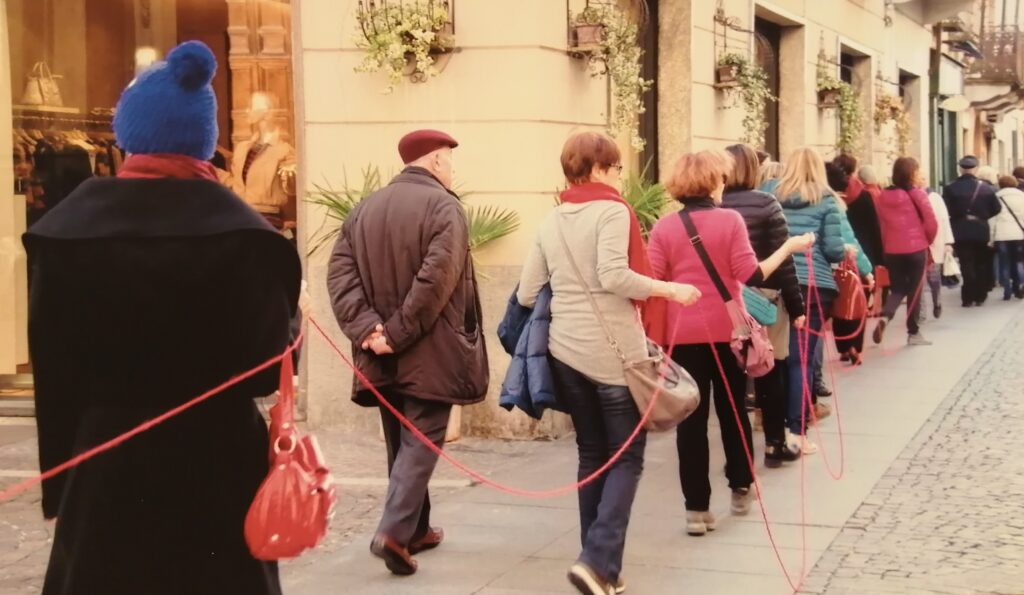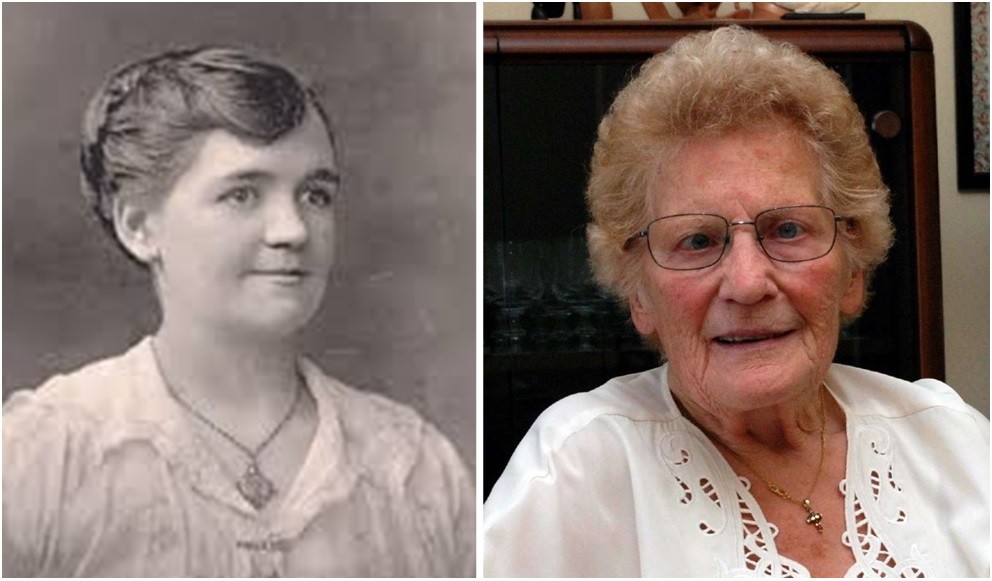While waiting for the last and definitive ruling of the Eternt-Bis trial, which the Court of Appeal of the Turin Court will pronounce in April, Casale Monferrato pays homage to two figures symbol of the fight against asbestos: Nellie Kershaw and Romana Blasotti Pavesi. An exhibition, organized by the collective “Women together” E AfevaRetraces their stories, united by a red thread of resistance, memory and commitment to justice
Today, Saturday 15 March 2025, in Piazza Mazzini in Casale Monferrato, an exhibition dedicated to two emblematic figures of the fight against asbestos is held, joined by a red thread: Nellie Kershaw and Romana Blasotti Pavesi. The event takes place from 10 to 19 and provided a commemoration at 11. The collective Women togetherin collaboration with Afevapresents a collection of documents, photographs and videos that tell the events of the English workers and the Italian activist.
Nellie Kershaw
Nellie Kershaw, born in 1891 in Rochdale, in the Lancashire, began to work as a cotton spinner at the age of twelve. In 1917 he entered the Turner Brothers Asbestos Company, where raw fiber of asbestos ran. In 1920 he manifested the first symptoms of a serious respiratory disease but continued to work until July 1922, when his condition worsened to the point of making it incapacitated at work.
Your doctor Walter Scott Joss diagnosed her one “Asbestos poisoning” and certified his working inability. However, since the Habselry was not yet recognized as a occupational disease, neither the national health insurance system nor the employer gave it any allowances. The Turner Brothers Asbestos denied all responsibility, claiming that asbestos was not toxic and that there was no defined pathology like “Asbestos poisoning”.
Nelie Kershaw died on March 14, 1924, at the age of 33. The autopsy revealed a lung fibrosis with the presence of mineral particles recognized as asbestos fibers, confirming the link between exposure to asbestos and its disease. His death led to a parliamentary investigation, culminating in the relationship “Occurrence of Pulmonary Fibrosis & Other Pulmonary Affections in Asbestos Workers” from 1930.
This document unequivocally established the connection between the inhalation of asbestos powders and the development of serious lung pathologies, such as pulmonary fibrosis and asbestosis. These studies led to the introduction, in 1931, of the first regulations for the asbestos industry in the United Kingdom.
L’Asbestos Industry Regulations Act
The 1931 Asbestos Industry Regulations Act represented the first attempt to regulate the use of asbestos to protect the health of workers. This law imposed a series of measures to reduce exposure to asbestos fibers in the workplace, including:
- Compulsory ventilation to limit the concentration of fiber in the air;
- Regular cleaning with techniques that avoid the dispersion of the dust;
- Periodic medical inspections for exposed workers;
- Limitations on direct asbestos manipulation.
Although it was a significant first step, the law presented considerable limitations:
- It applied only to certain industrial sectors, excluding construction, where asbestos was widely used;
- Security measures were often ignored or not adequately applied;
- The use of asbestos did not prohibit, but only regulated the treatment.
In the 1920s, in the United Kingdom, entrepreneurs and insurance companies were obliged to compensate workers intoxicated by lethal fibers inhaled in factories and to adopt ventilation systems to prevent further damage to health.
However, in continental Europe, asbestos powder continued to spread inexorably within plants and warehouses, without any regulation. In Italy, for example, the Swiss group Plasterboard He owned offices in Syracuse, Bagnoli (Naples), Rubiera (Reggio Emilia) and, in Piedmont, in Cavagnolo and Casale Monferratowhere the population was severely affected by the effects of asbestos.
Romana Blasotti Pavesi
A symbol of the struggle of Casale Monferrato against Eternit was Romana Blasotti Pavesi, born on March 3, 1929 and disappeared, at the age of 95, on 11 September 2024, exactly a century later in the Kershaw. Romana was born in Salona, a fraction of Kanal Ob Soči (today Slovenia), but grew to Casale Monferrato, where her family was devastated by the mesothelioma, an asbestos-related tumor.
Her husband Mario, an Eternit worker, died in 1983. In the following years, his illness snatched his free sister (1989), his nephew Enrico Malavasi (2003), his cousin Anna (2004) and his daughter Maria Rosa (2004).
Pleuric mesothelioma is closely linked to asbestos exposure. In Casale Monferrato, the incidence rate of the disease is impressive: while in Italy there are on average 5.2 cases per 100 thousand inhabitants, in Casale Monferrato the figure splashes to 81.4 out of 100 thousand cases.
In 1988, Romana Blasotti Pavesi was appointed president of the Fled (Association of Familiari workers Eternit deceased). Later he led Afeva (family association and victims of asbestos) for over thirty years, becoming the face of the battle for justice against Eternit.
Defined “La Pasionaria”on March 8, 2015 he marched with his fellow citizens, united by the symbolic red thread of resistance and memory. Today, that same red thread characterizes the initiative promoted by the collective “Women together” and from Afeva in his honor.
Sources
The “war” to Eternit and the Eternit in Guerra / Maddalena Brunasti – February 18, 2025
The first “official” death for asbestosis – dates back to 1924. The victim was the young worker Nellie Kershaw, … / Ezio Bonanni Law Firm – January 30, 2023
Nellie Kershaw: An Inspiration to Stand Up Against Asbestos Exposure / Simmons Hanly Conroy · April 3, 2024






